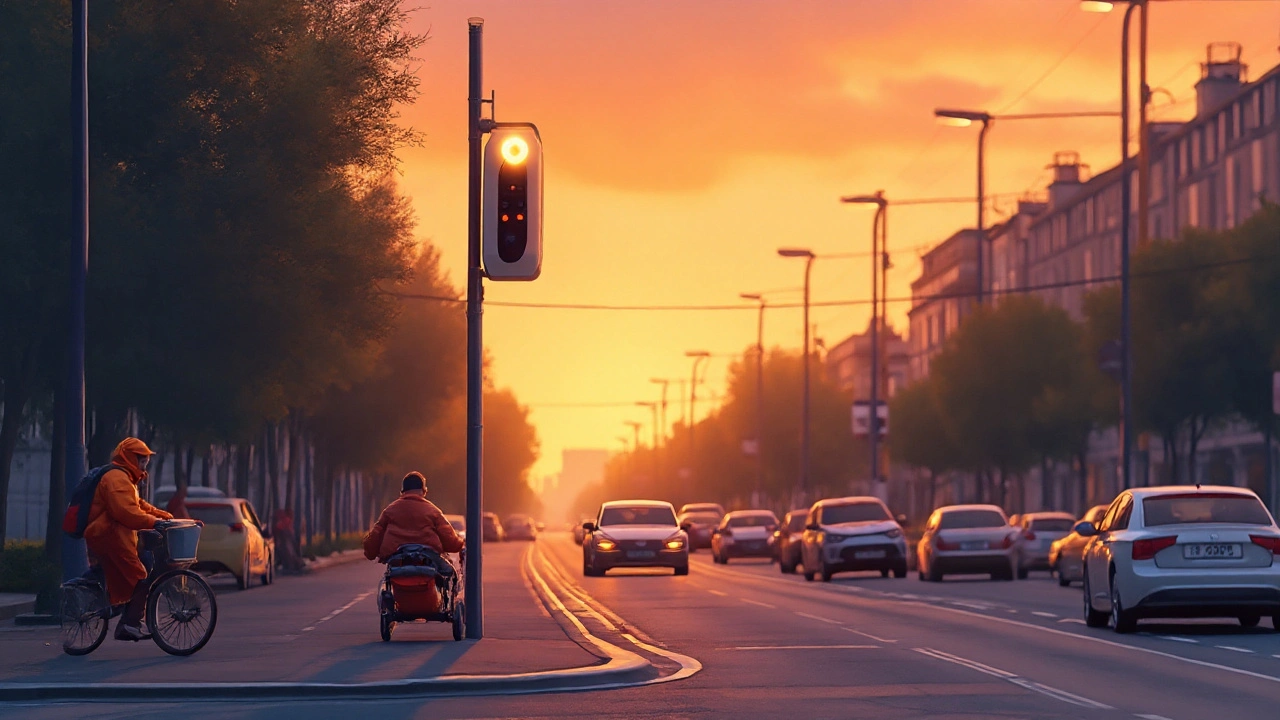Intelligent Transportation System: Smart Tech Changing the Way We Travel
Ever wonder why traffic lights seem to adjust to rush hour or how your phone can warn you about a road closure before you even leave home? That’s the power of an Intelligent Transportation System, or ITS. In plain terms, ITS is a group of technologies—cameras, sensors, data platforms, and communication links—that work together to make roads safer, faster, and greener.
Think of ITS as the brain behind modern traffic. It gathers real‑time data from thousands of sources, crunches the numbers in the cloud, and then sends useful instructions back to drivers, traffic managers, or even autonomous cars. The result? Less idle time at lights, quicker detours around accidents, and smoother flow for everyone on the road.
How ITS Improves Safety
One of the biggest wins from ITS is fewer crashes. Speed‑monitoring cameras catch reckless drivers, while variable message signs flash warnings about ice, fog, or construction zones. When a lane closes, the system automatically updates navigation apps, so drivers don’t suddenly swerve into oncoming traffic. Some cities even use connected vehicle tech that talks straight to a car’s brakes if an obstacle is detected ahead—like a digital co‑pilot that steps in when you need it most.
ITS Boosts Efficiency and Reduces Pollution
Every minute a car sits at a red light burns extra fuel and adds to emissions. Adaptive signal control can change light cycles based on actual traffic flow, shaving minutes off commute times. Freight companies love this because it means trucks spend less time idling and more time delivering. The ripple effect is lower fuel consumption, cleaner air, and happier commuters.
Beyond traffic lights, ITS includes things like electronic toll collection, which lets drivers zip through toll booths without stopping, and park‑finder apps that show open spaces before you circle the block. All these pieces cut down on stop‑and‑go driving, which is the biggest culprit for urban pollution.
Another cool feature is the integration with autonomous vehicles. Self‑driving cars need precise, up‑to‑date road information to make safe decisions. ITS provides that data feed, from lane markings to real‑time weather alerts, making the whole system more reliable for both human drivers and machines.
Implementing ITS does take investment—new sensors, communication networks, and data centers aren’t cheap. But many cities report a solid return on that spend. Fewer accidents mean lower emergency response costs, smoother traffic attracts businesses, and reduced emissions help meet climate goals.
If you’re curious about what’s happening near you, look for local transportation department websites. They often publish live traffic dashboards that are powered by ITS. Some even let residents suggest improvements, like adding a sensor at a busy intersection. Getting involved is a simple way to push the tech forward.
Bottom line: Intelligent Transportation Systems are turning ordinary roads into smart highways. By feeding data to lights, signs, and cars, ITS makes travel safer, faster, and greener. Whether you’re stuck in a morning jam or cruising on a quiet suburb road, chances are ITS is already working behind the scenes to keep you moving.

